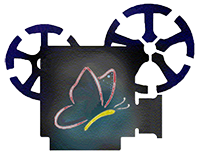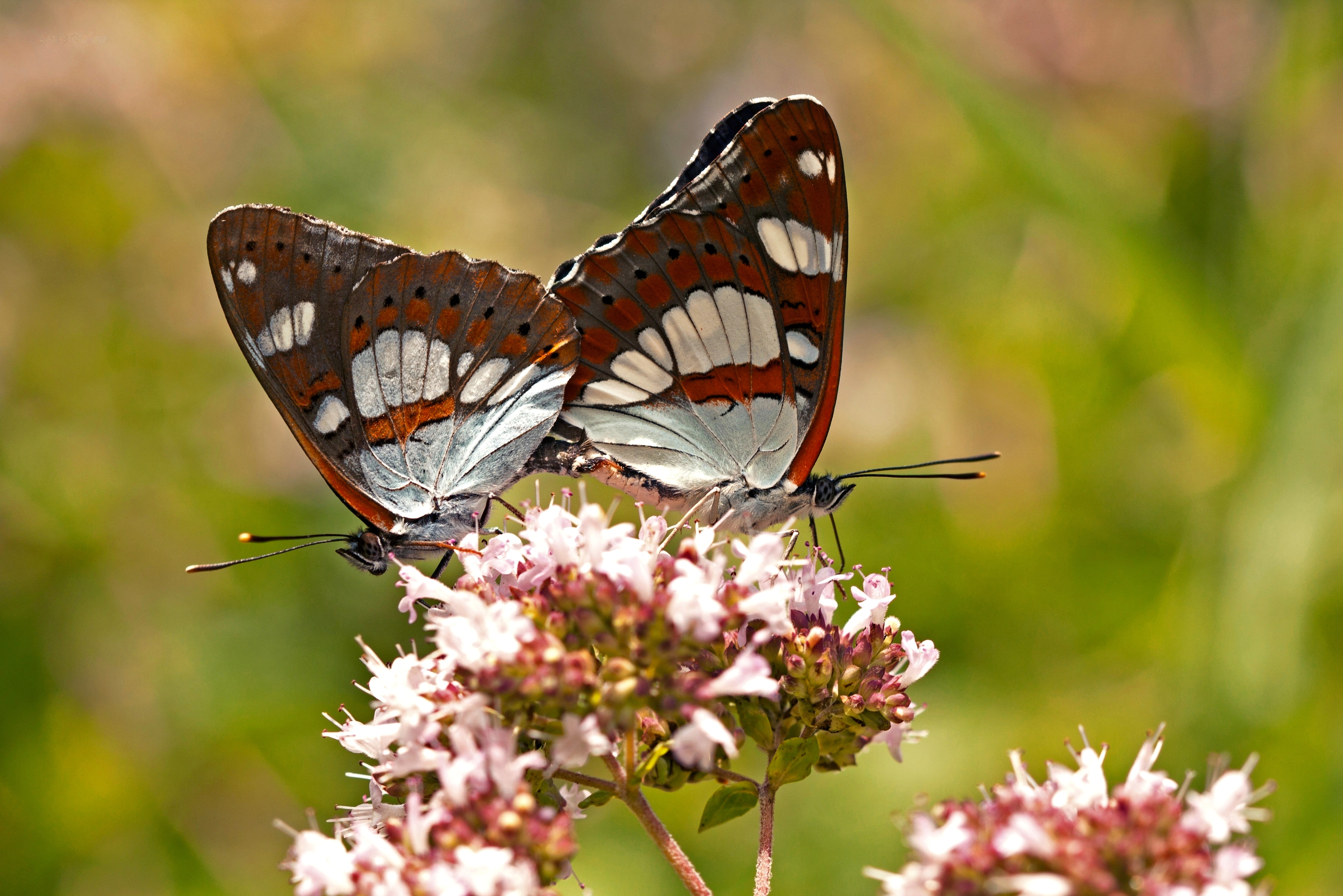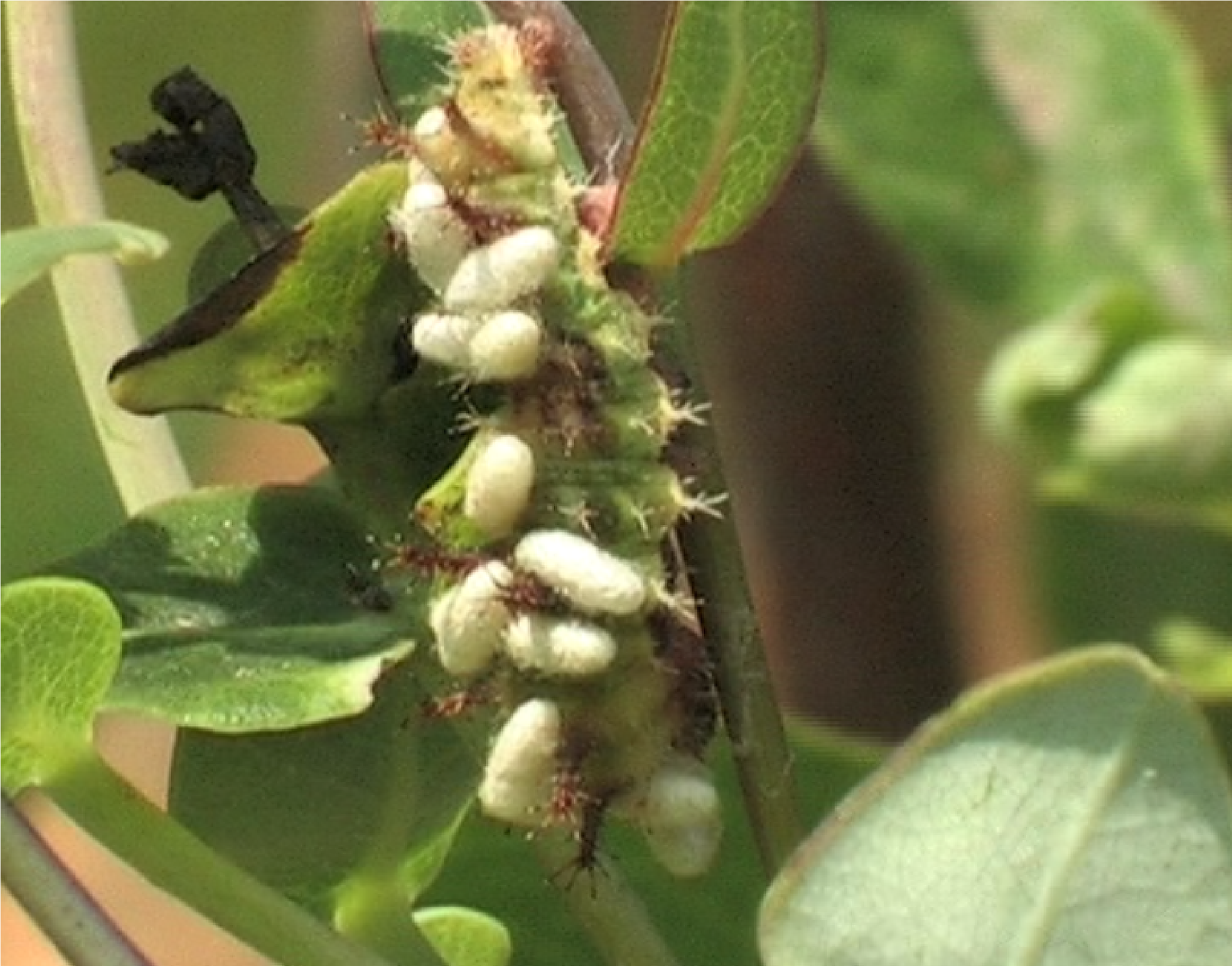

The Southern White Admiral (Limenitis reducta Staudinger, 1901)
In Provence, the Southern White Admiral flies in two generations between May and August with sometimes a third partial generation observed in September-October. This graceful butterfly, common in the Midi, thrives on the margins, warm and sunny clearings, river banks, the Garrigue and gardens rich in flowering plants.
The female lays her eggs individually on both sides of the leaves of Honeysuckle. In the fall, all caterpillars of the last generation hibernate in a winter refuge, the hibernaculum, made from a leaf, folded on itself and held by silk threads, cleverly attached to a branch of the host plant.
Although the Southern White Admiral is common in our region, it is sensitive to changes in the natural environment caused by human activities. Measures of Biodiversity management at various uncultivated locations can make it possible to preserve these natural areas, which are essential for the Mediterranean flora and fauna, and allowing us to see the Southern White Admiral fly in greater numbers in our beautiful region.

Photo mating made by Sonia Richaud.
The parasitoid wasp Cotesia sibyllarum (Wilkinson, 1936) (Hymenoptera: Ichneumonidae: Braconidae) is a specialist that parasitizes the young caterpillars of the White Admiral (Limenitis camilla) and the Southern White Admiral (Limenitis reducta). In this film three attacks are fimed on three different caterpillars of the Southern White Admiral.
The female can inject up to 20 eggs into the caterpillar’s body. After 14 to 18 days, when the parasitized caterpillar is mature, the larvae will erupt from the host and make white cocoons on the host body. After 7 days the adultwasps emerge.
In the south of France the Southern White Admiral has two generations and overwinters as a instar 2 caterpillar. If an overwintering caterpillar is parasitized the larvae will overwinter inside the body.
Identified by Dr. Mark R. Shaw
